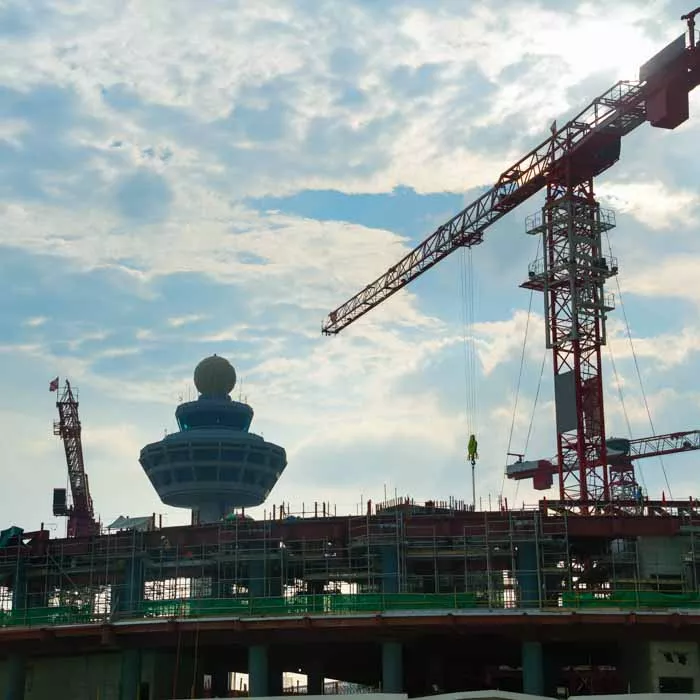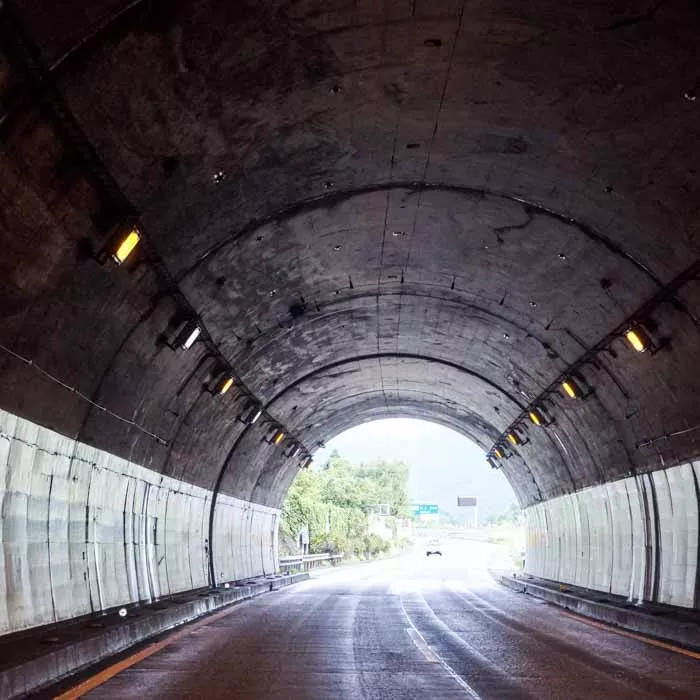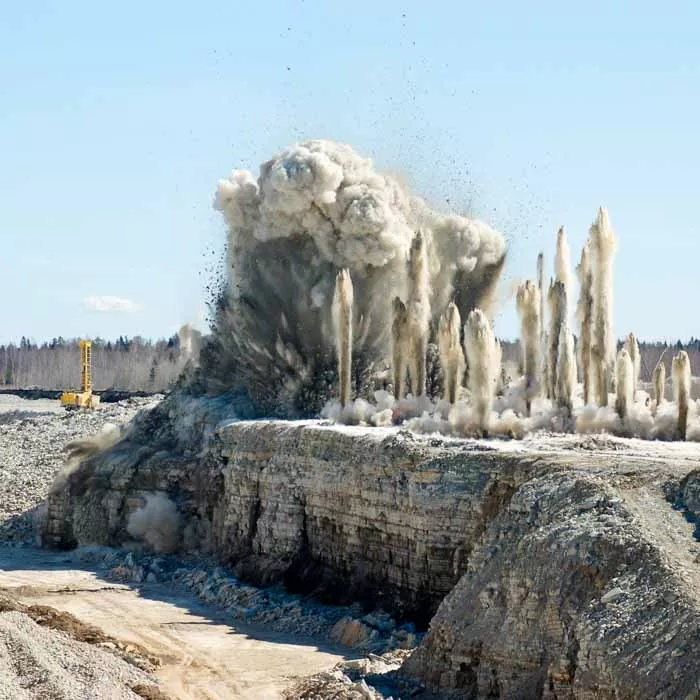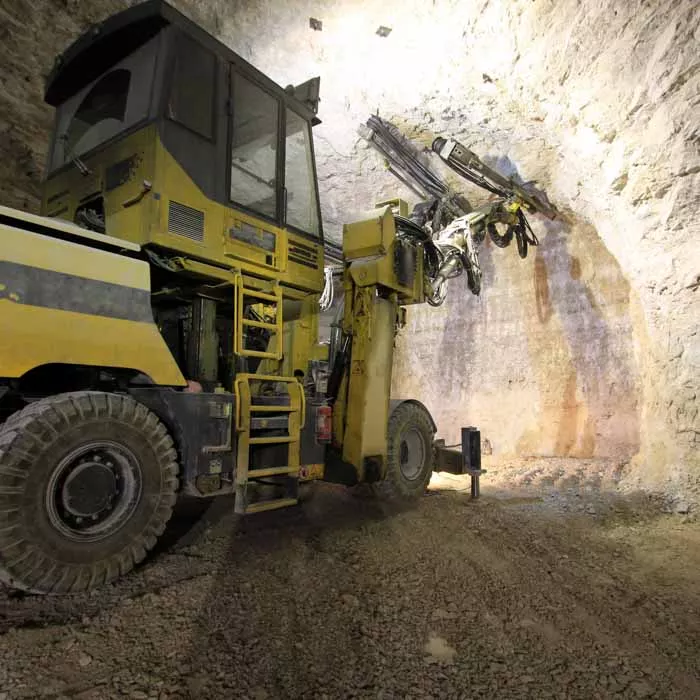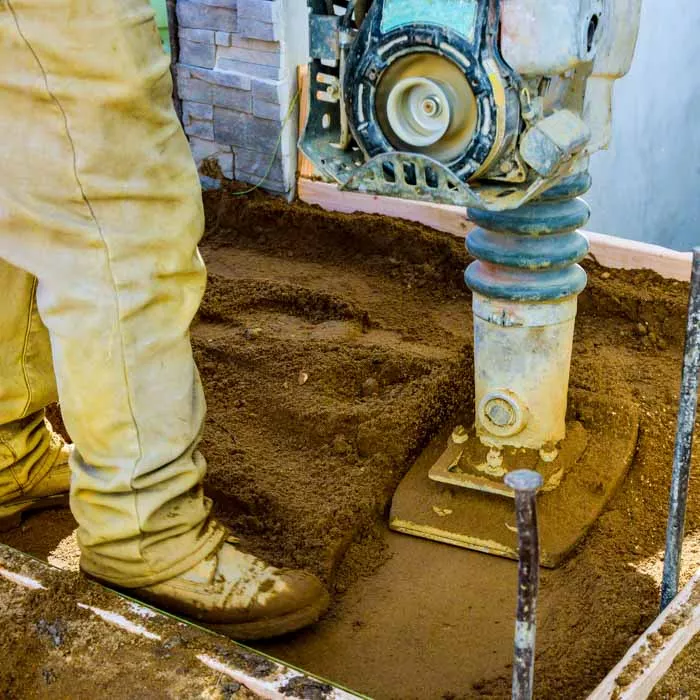Pile Driving
As pile driving machines drive piles into the ground to provide foundational support for buildings or other structures, they can create strong ground vibrations, and noise.
Why Monitor Your Pile Driving Project?
Many pile driving systems use a hammer weight that slides vertically above a steel pile. (excluding hydraulic systems which generate different types of vibrational disturbances). The hammer, weighing multiple tons is raised and as it reaches its highest point is released. As it slides down it hits the pile driving it into the ground. This process is repeated until the proper depth is attained.
It is not uncommon to have construction sites with hundreds (or even thousands) of piles driven into the ground all day long for consecutive months. These operations are known to create strong vibrations that can potentially damage nearby homes, buildings, sewer lines and other structures. Even when these activities are performed under best-case scenarios, they can cause concern to neighboring buildings and homeowners.
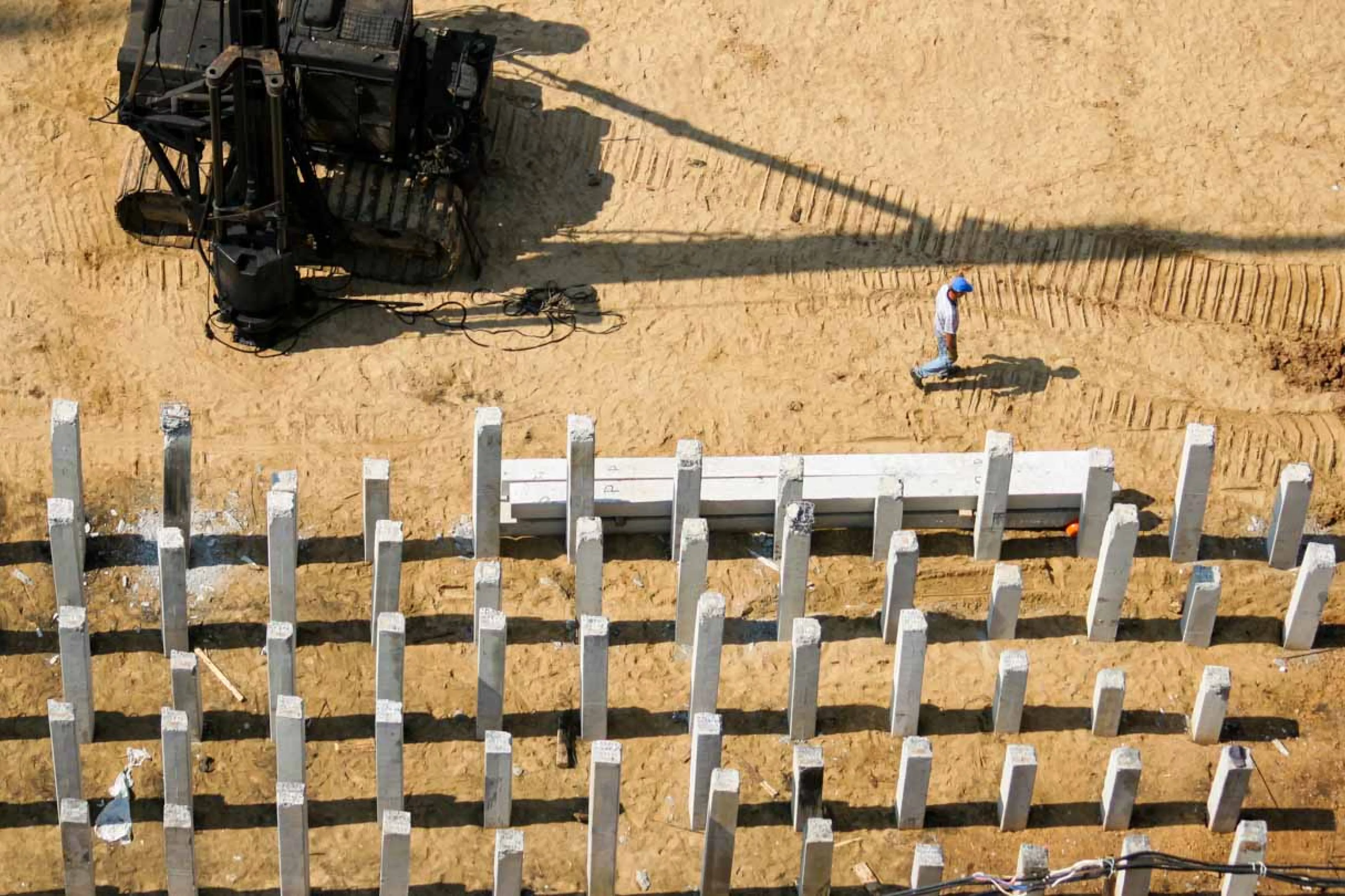
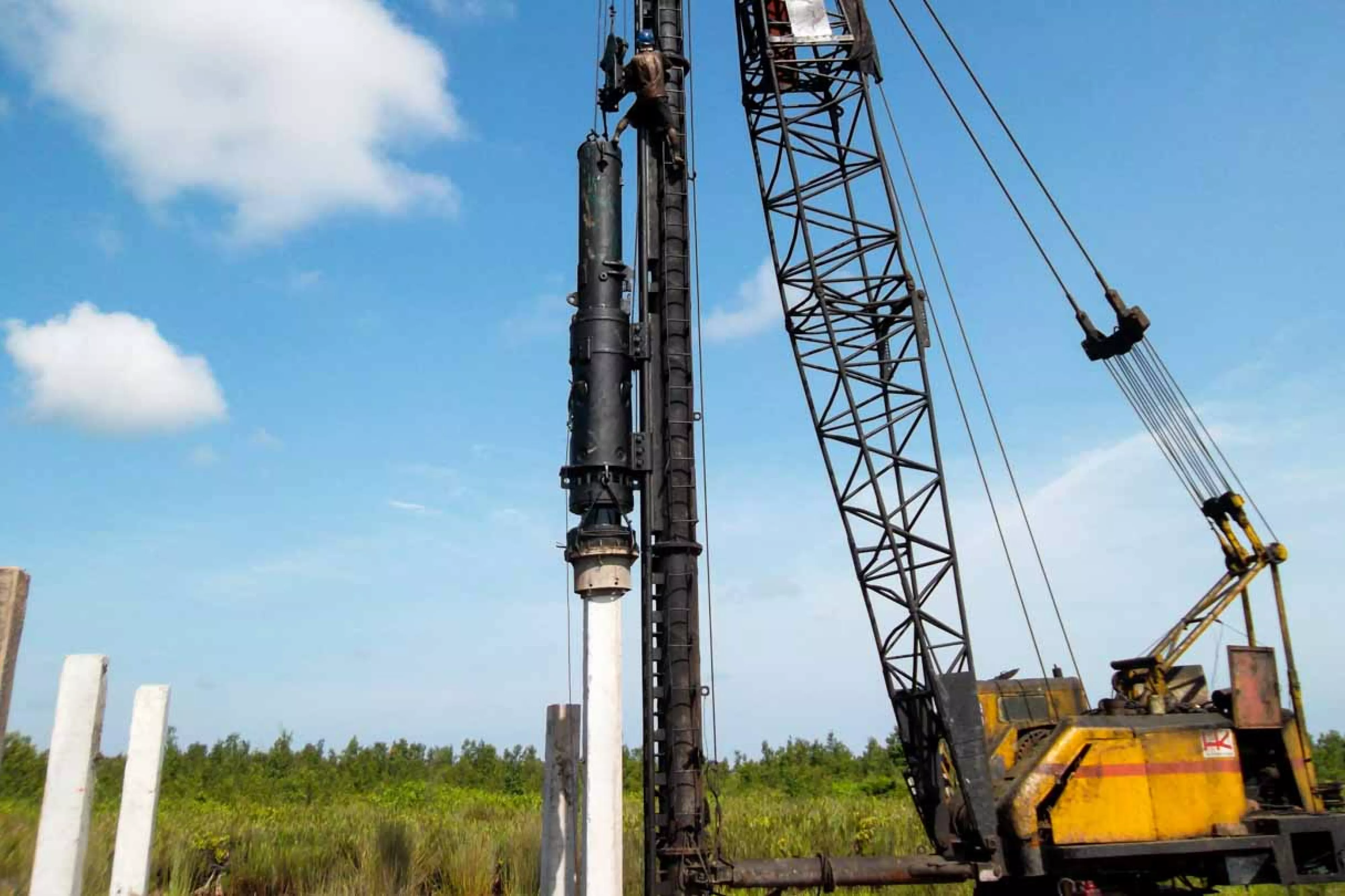
How Instantel Can Help
Using monitoring equipment from Instantel, you can record and monitor vibration, air overpressure and/or noise levels on your pile driving site. As recorded data can be viewed almost immediately, you can adjust your pile driving activities before regulatory limits are exceeded or before concerns develop. Warnings and alarms can be triggered based on pre-configured trigger levels that you set, and these can be different for each job. Notifications can be sent to you, or to any party you select, and these can be viewed on computers, laptops, tablets or smartphones. An historical record of data can be maintained to protect you from future claims and liability.
Industry guidelines provide safe standards for vibration, air overpressure and noise. Monitoring of pile driving activities that produce these disturbances can be governed by local, regional or federal regulatory bodies. It can also be a best practice for pile driving companies to monitor activities to prevent project downtime due to community complaints.
Micromate Monitoring System
The Micromate monitoring system combines a monitoring unit with a variety of sensors. Our system is scalable, as your monitoring needs change, sensors can be added or removed. If today’s job requires vibration monitoring but tomorrow’s job requires vibration and noise, simply add a noise microphone.
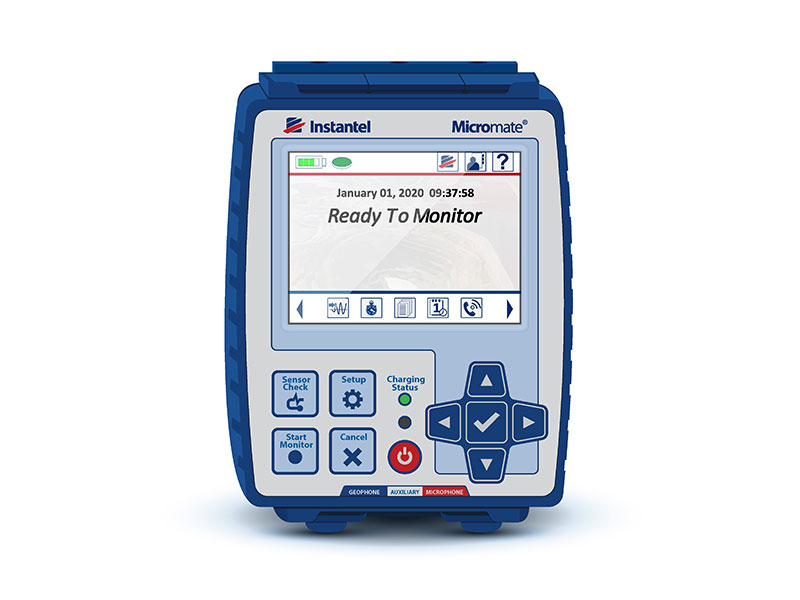 |
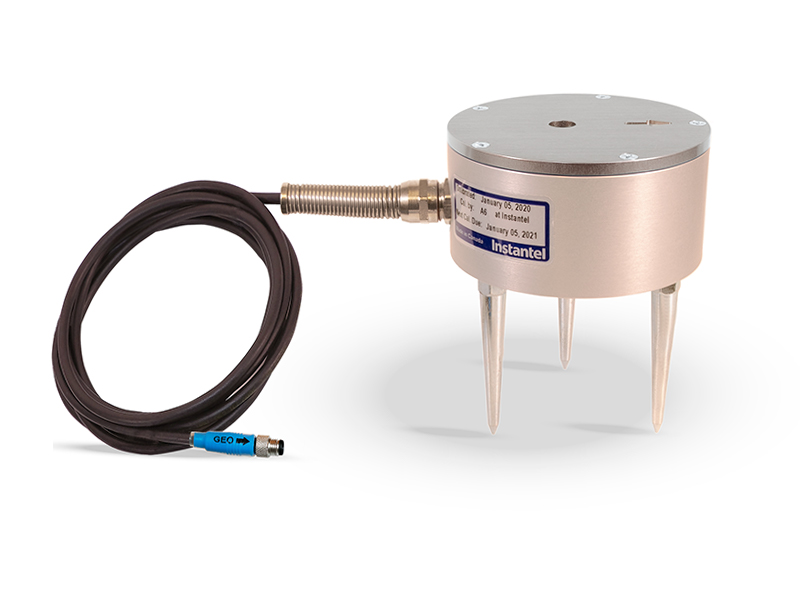 |
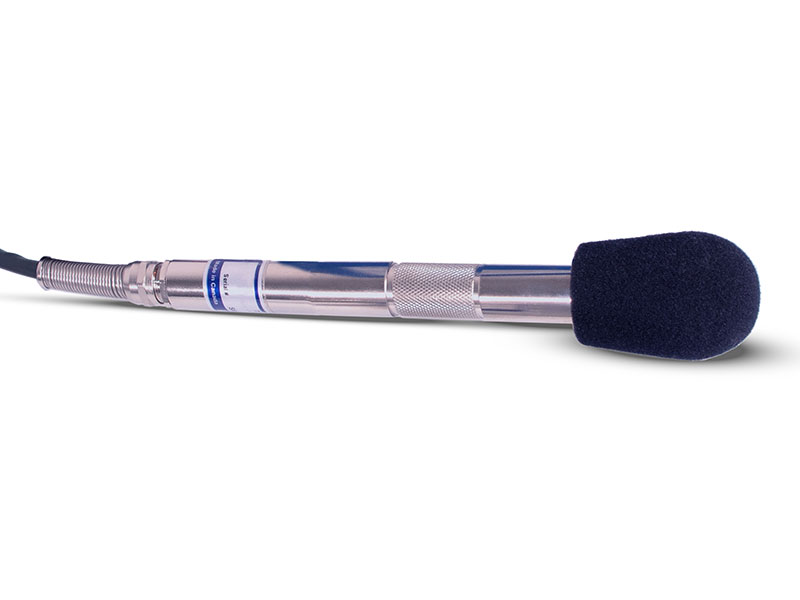 |
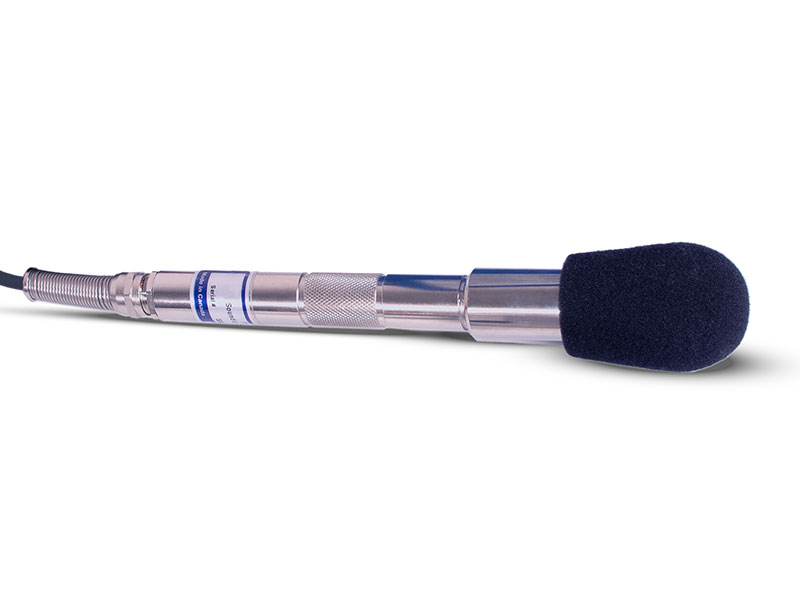 |
Micromate |
Triaxial Geophone |
Linear Microphone |
Sound Level Microphone |
| Monitoring unit with four available channels: three channels for recording vibration on three planes and one channel for air overpressure or noise data. | Measures ground vibration in three planes: transverse, vertical and longitudinal. Available to meet ISEE, DIN, Swedish blasting and Swedish pile driving standards. | Measures air overpressure on a linear scale from 2 to 250 Hz with a range up to 500 Pa (0.0725 psi, 148 dB). Calibrated to the ISEE-2017 standard | Class 1 sound/noise microphone. Measures sound/noise levels from 10 Hz to 20 kHz with a range of 30 to 140 dB. Calibrated to the IEC 61672-1: 2013 standard. |
How A Micromate Monitoring System Connects Using THOR and Vision Software Systems
Our equipment is designed to withstand long-term installations and extended exposure to the conditions of a construction site. You can install Instantel monitoring equipment permanently for the length of your project. Using Instantel’s Auto Call Home technology and a modem connected to the monitoring unit, event reports can automatically be sent to your computer so you can analyze the data using THOR, our desktop software, or they can be sent to our cloud-based data hosting site; Vision.
THOR
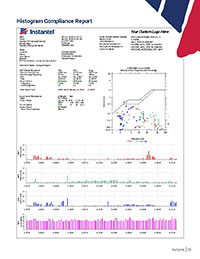
Our proprietary Histogram Combo recording mode ensures that you never miss an event. With Histogram Combo mode you can monitor the job site 24 hours a day and still get reports when levels are exceeded. Your report will show you the peak vibration levels at set intervals throughout the day but it will also give you a waveform report if there are any exceedances. If your equipment is connected to a modem, the waveform events will automatically be sent using Auto Call Home, then at the end of the day your histogram events will be sent. This allows you to quickly analyze the waveform events and determine if the activities are causing the exceedance or if there is an alternative reason. Histogram Combo mode is ideal when you are monitoring activities that produce repetitive vibrations such as pile driving or dynamic compaction.

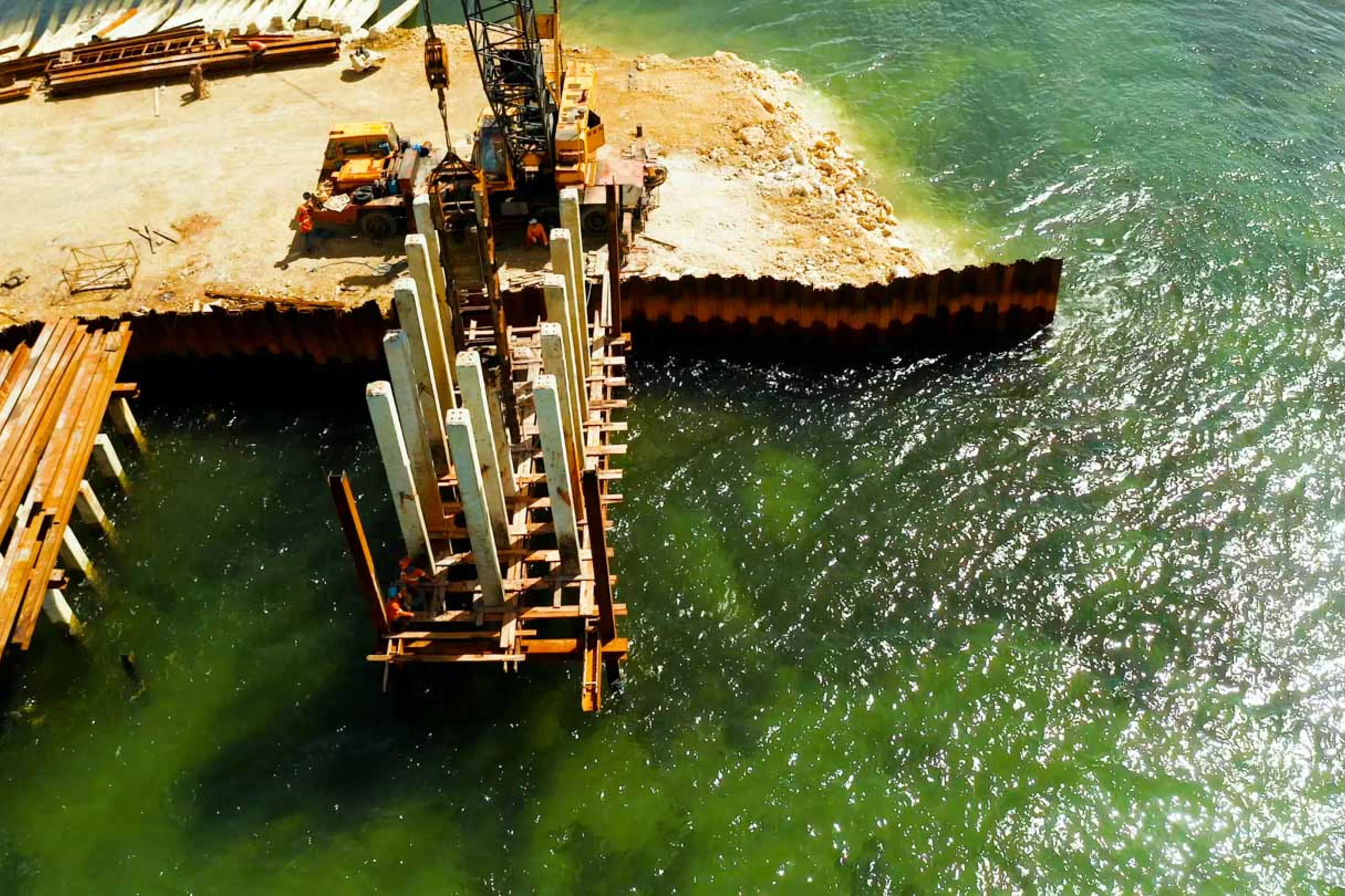
Vision
Some project requirements stipulate that project owners, regulatory authorities or other stakeholders must be informed of the monitoring activity and all exceedances. Instantel’s cloud-based data hosting solution, Vision, can provide 24/7 access to event data. Data recorded by your Instantel monitoring equipment can be automatically sent to Vision when the system is connected to a modem. With Vision, you can control stakeholder preferences. For example, you could limit project owners to view events and reports without download access, while a regulatory body could view the events and reports with download access. Vision also lets you create custom reports. You can add event data from other sensors, such as temperature or strain gauges, and show your data over the day, week or even over the entire duration of the project.
Each piece of the Micromate monitoring system is designed, manufactured and calibrated by Instantel. Every part of the system is easy to use and can be quickly configured. With Instantel, you are guaranteed reliable data that can stand up to the most extreme conditions.
